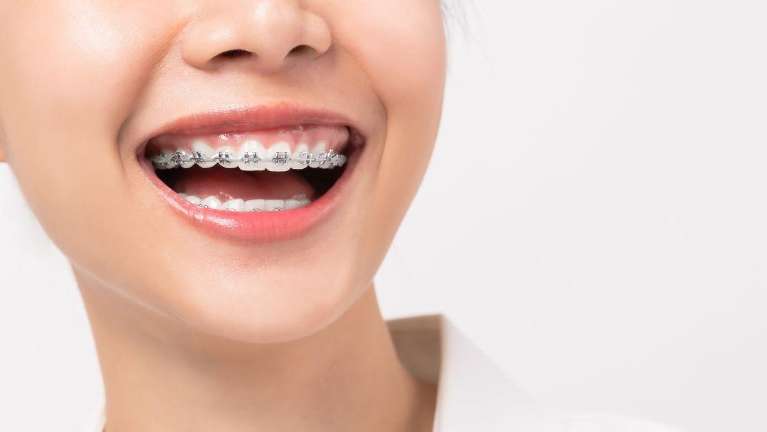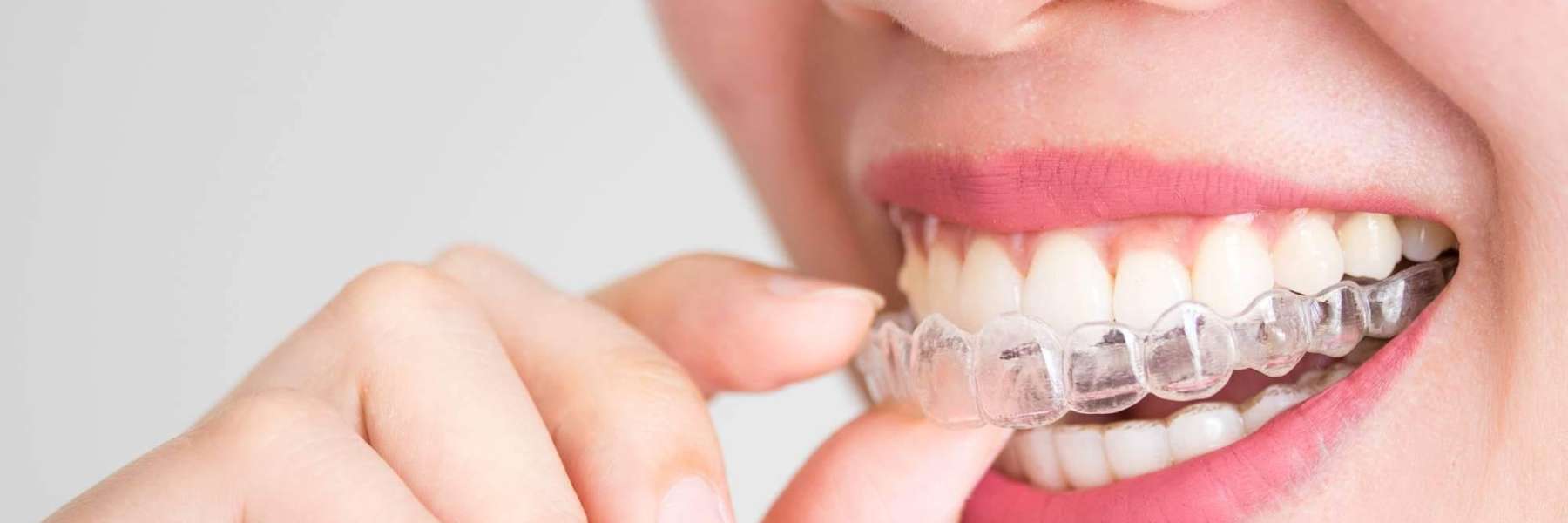
If you're wanting to straighten your teeth, you might be looking into whether to choose Invisalign or traditional braces. While both orthodontic options can be effective in teeth straightening, there are several differences between the two that might influence your decision. In this blog, we'll explore Invisalign vs Braces the pros and cons of both to help you make an informed choice.
Invisalign
Invisalign moves your teeth by using a series of custom-made aligners to gradually shift your teeth into the desired position.
Here are some of the advantages of choosing Invisalign:
Discreet: The clear plastic aligners are virtually invisible, making them a popular choice for adults and teens who don't want to draw attention to the fact they are having orthodontic treatment.
Removable: Invisalign trays can be removed for eating, brushing, and flossing, making it easier to maintain good oral hygiene throughout your treatment.
Comfortable: Unlike traditional braces, Invisalign doesn't have wires or brackets that can irritate your mouth or cause discomfort.
However, there are some drawbacks to Invisalign that you should consider:
Compliance: In order for Invisalign to be effective, you must wear the trays for at least 22 hours a day. This requires discipline and commitment, only removing the aligners to eat, drink, brush and floss.
Limitations: Invisalign may not be suitable for everyone. The more complex orthodontic cases will result in referral to an orthodontist for traditional braces.
Traditional Braces
Traditional braces are a time-tested orthodontic treatment that uses meta or ceramic brackets and wires to gradually straighten teeth.
Here are some of the advantages of choosing braces:
Effective: Braces are able to correct even the most complex orthodontic issues, making them a suitable option for a wide range of patients.
No need for discipline: Unlike Invisalign, braces are fixed in place, so you don't have to worry about removing them or wearing them for a specific number of hours each day.
However, there are some drawbacks to traditional braces that you should consider:
Discomfort: Braces can cause discomfort or irritation in the mouth, especially during the first few weeks of treatment.
Appearance: While some patients enjoy customising their braces with different colours of elastics, others may find the metal or ceramic braces unsightly.
Oral hygiene: It can be more difficult to maintain good oral hygiene while wearing braces, as food particles can get trapped in the wires and brackets and they can be more time-consuming to clean adequately.
Conclusion
Both Invisalign and traditional braces have their own set of advantages and disadvantages, and ultimately the choice between the two will depend on your specific needs and preferences. If you value discretion and comfort, Invisalign may be the better option for you. However, if you need more complex orthodontic treatment and are looking for an affordable option, traditional braces may be the way to go.
At Waterways Dental, we offer Invisalign as one of our many services. Our clinicians always want the best possible outcome for our patients and this is why you will need to have an Invisalign Consultation before we can decide if this is a suitable option for you. If Invisalign is not a good fit for you, we have some very trusted, local orthodontists we would be happy to refer you to.
Contact us today to book an orthodontic consultation and we will get you on the path to having straighter teeth!
